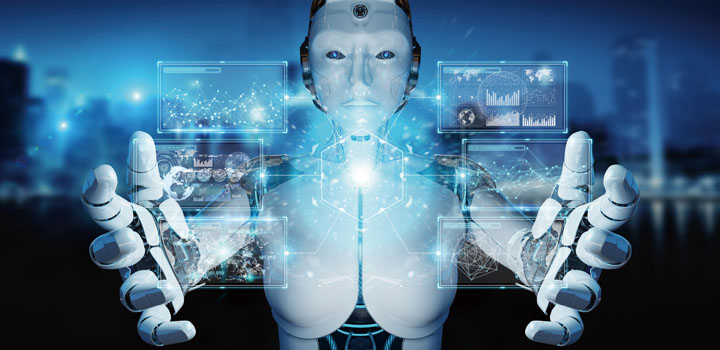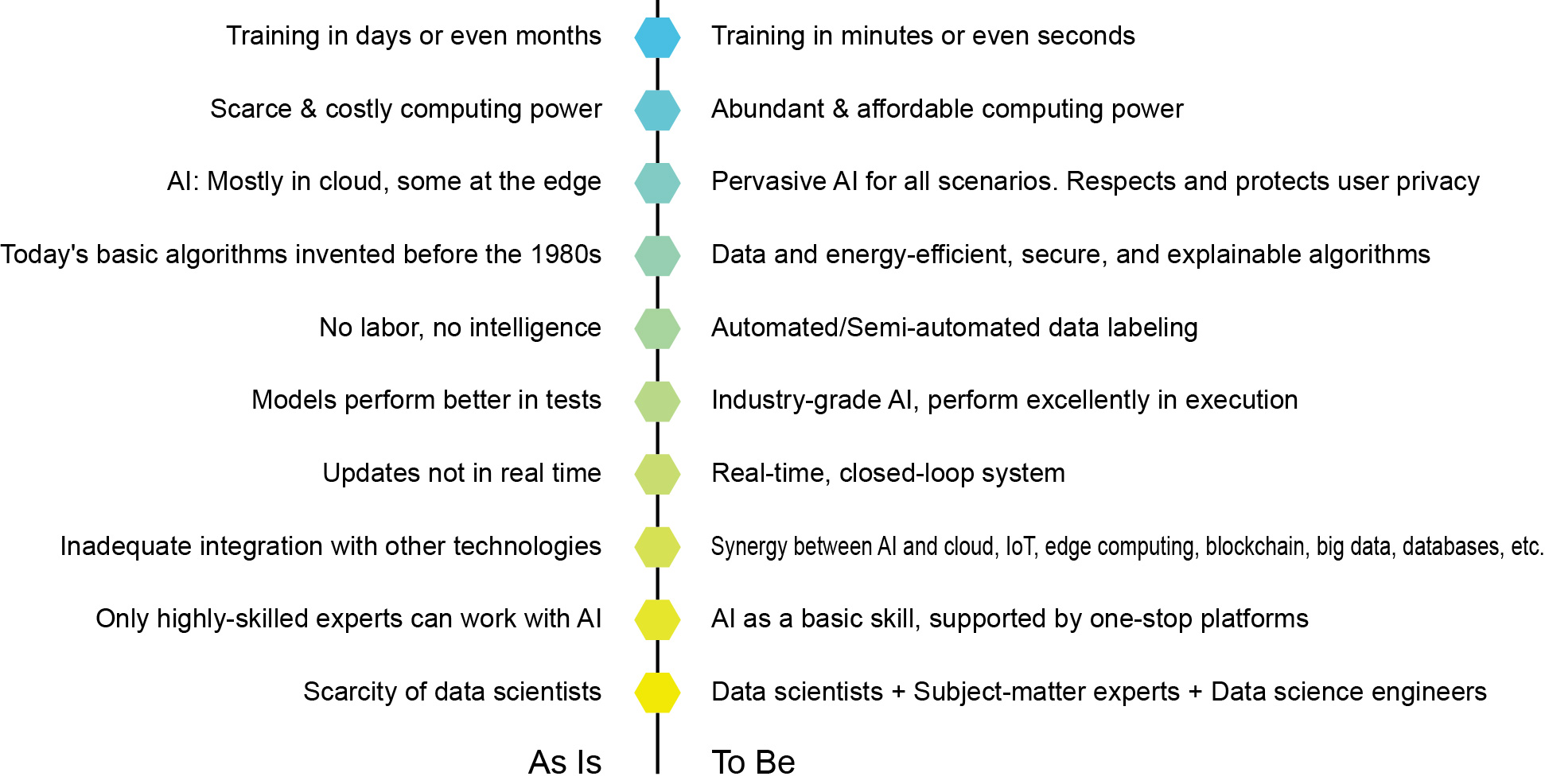Huawei Works with Industry Partners to Build an Intelligent World
This site uses cookies. By continuing to browse the site you are agreeing to our use of cookies. Read our privacy policy>
![]()
Enterprise products, solutions & services

As a General-Purpose Technology (GPT), Artificial Intelligence (AI) has multiple uses and creates huge ripples across society. AI will be the new engine that drives human society forward, just as the invention of the wheel was for human civilization so long ago. For example, AI is widely used in many industries today, such as the Internet, public security, education, healthcare, and transportation. Stakeholders are also looking to make AI-driven breakthroughs in industries such as finance, manufacturing, energy, materials, and retail.
However, the wheel was not invented in a single day, which is also true of AI. Although AI has made many breakthroughs, and will continue to do so, there are still some obstacles to overcome. We need to make material changes in model algorithms, compute power, data security, talent cultivation, and more to make AI universally accessible to every aspect of society. The 10 changes listed below (Figure 1) are the basis for future AI development.
Huawei understands these changes as both the future development trends for the AI industry and a strong basis for its own AI strategy. Huawei’s strategy consists of five key aspects: Invest in basic research, build full-stack solutions, invest in an open ecosystem to cultivate talent, enhance existing solutions, and improve internal efficiency.

Figure 1. 10 changes required to make AI more accessible
We are entering a thrilling era of intelligence where things can sense and connect to one other. Breakthroughs in Information and Communications Technology (ICT) make our society more intelligent but require increased computing power. This poses a great challenge for current AI computing capabilities. In view of this, Huawei has launched the Ascend series of processors — the world’s first all-scenario AI chipset — and the Atlas intelligent computing platform powered by Ascend.
The Ascend processor is a heterogeneous AI System on a Chip (SoC) that is designed on Huawei’s proprietary Da Vinci architecture. It boasts unrivaled energy efficiency. It comes with a 16-channel HD video decoder and consumes less than 8 watts. The Ascend processor is perfectly suited for devices deployed on the terminal and the edge.
Huawei has launched a series of AI hardware platforms based on the powerful Ascend processor for terminal-side and edge computing scenarios (Figure 2). Available in various product form factors, such as accelerator modules, cards, AI edge stations, and appliances, the company’s all-scenario AI infrastructure solution can be widely used in various fields for Device-Edge-Cloud scenarios. As an integral part of Huawei’s Full-Stack AI Solution, the Atlas intelligent computing platform provides supreme compute power to help customers embrace an AI-fueled future. It is backed by a full-stack software layer and supports most mainstream frameworks. It also provides easy-to-use code porting and model conversion tools to facilitate application development and deployment.

Figure 2. Atlas product portfolio
At Huawei Connect 2018, Rotating and Acting CEO of Huawei Eric Xu unveiled Huawei’s AI strategy and a full-stack, all-scenario AI solution. Building on its leading-edge AI platform, Huawei will continue to join with various industries to tap into new opportunities and to drive industry transformation through ubiquitous intelligence, leading the way toward a fully connected, intelligent world.
To make this vision a reality, Huawei plans to leverage its full-stack intelligent computing platform and build an industry ecosystem with the end customers in mind. Huawei will pursue a strategy of pairing AI applications with Independent Software Vendors (ISVs) to improve industry efficiency. Huawei is dedicated to building an open AI ecosystem based on the following four aspects:
Huawei will work with customers in an inclusive, sustainable, and future-facing spirit to drive intelligent enterprise digital transformation by leveraging the power of the open ecosystem. Currently, dozens of industry partners have discussed collaborating with Huawei to use the Atlas intelligent computing platform. Related solutions and application scenarios cover various industries, such as public utilities, the Internet, smart transportation, energy, and retail. Huawei looks forward to building an open and robust ecosystem with more partners in the future.